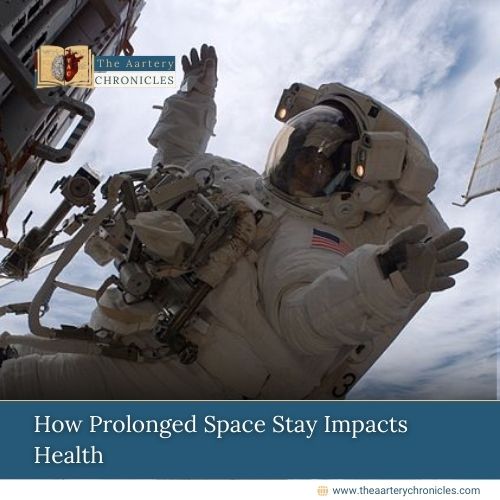
How Prolonged Space Stay Impacts Health
An eight-day mission has been extended unexpectedly for astronauts Sunita Williams and Barry Wilmore, who are currently stuck on the International Space Station (ISS). Initially, their return was scheduled for June 14, then June 26. NASA’s Commercial Crew Program Manager, Steve Stich, stated, “We are taking our time and following our standard mission management team process,” according to an ABC News report. A helium leak in the service module, which contains support systems and instruments for the spacecraft, delayed their return. The Starliner spacecraft arrived at the ISS on June 6.
Health Effects of Prolonged Space Stay
Fluid Redistribution
Dr. Surya highlighted that many are unaware that children can suffer from strokes, despite it being a preventable condition. Globally, pediatric stroke ranks as the sixth leading cause of death among children, underscoring the gravity of the issue.
Musculoskeletal Changes
Microgravity causes muscle atrophy and bone loss. Astronauts’ muscles, especially in the lower body and back, weaken as they no longer support body weight. Bones lose density due to reduced mechanical loading, like osteoporosis on Earth. Although workout programs on the ISS tend to reduce these consequences, bone loss does occur.
Urinary and Metabolic Effects
Fluid redistribution can increase the risk of kidney stones due to higher calcium concentrations in urine. Altered metabolism in microgravity affects nutrient absorption and utilization, leading to changes in hormone levels, insulin sensitivity, and gut microbiota composition, which may impact long-term health.
Sensory and Neurological Changes
Microgravity alters sensory input, affecting spatial orientation, balance, and eye-hand coordination. Some astronauts experience Space Motion Sickness (SMS) initially, characterized by nausea, vomiting, and disorientation. This usually resolves as they acclimate to their new environment.
Long-Term Bone and Muscle Health
Extended missions in microgravity result in significant bone density loss, particularly in weight-bearing bones like the pelvis, spine, and femur. Astronauts can lose up to 1-2% of bone mass per month. Muscle atrophy continues despite exercise countermeasures, affecting both skeletal muscles and the heart, which can impact physical performance and overall health.
Visual Impairment
Long-duration missions can cause visual impairment due to changes in intracranial pressure and fluid distribution in the brain and eyes. Astronauts have reported vision issues like hyperopic shift (farsightedness) and optic disc edema. These changes are still being investigated but highlight potential risks to visual health.
Radiation Exposure
Astronauts are exposed to higher radiation levels in space than on Earth, increasing the risk of DNA damage and cancer. Space agencies limit exposure to ensure astronauts’ cumulative radiation dose remains within safe levels.
Mitigation Strategies
To address these health concerns, space agencies implement rigorous exercise routines, nutritional monitoring, and medical oversight during and after missions. Advances in technology and biomedical research continue to improve countermeasures and our understanding of the physiological and psychological challenges of space travel.
Source: Inputs from various media Sources










